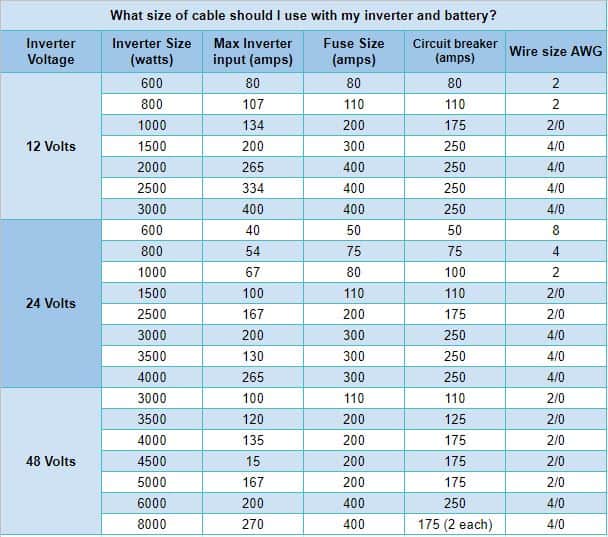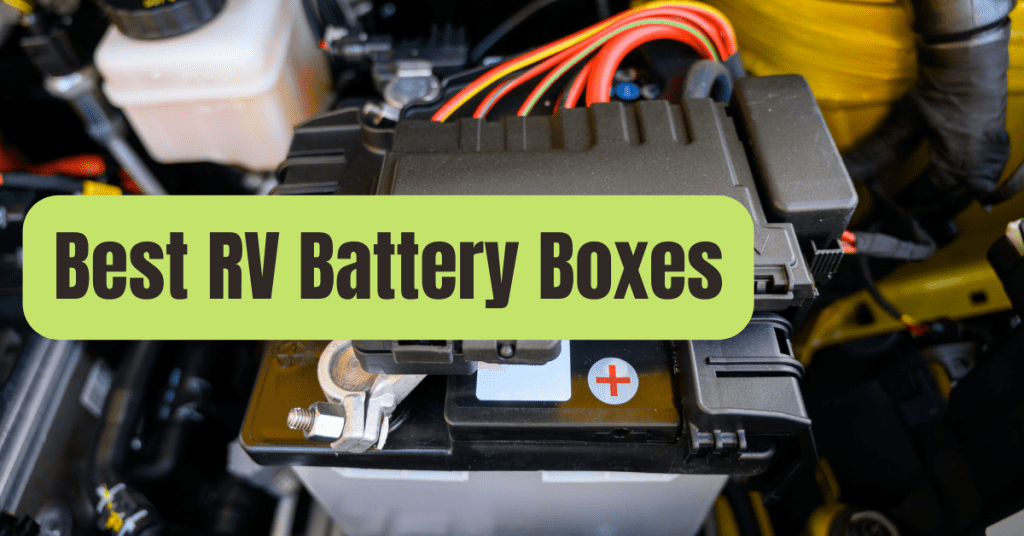Because of the inverter efficiency rate and the kind of inverter you have, it is not safe to use your inverter at maximum capacity, which might harm your inverter or appliances connected to the inverter.
Like, what makes a modified sine wave inverter different from a pure sine wave inverter, and what can both of them be used for?
Additionally, choosing the proper size battery and wire cable is crucial.
I’ll share this information with you folks in this brief instruction.
A 1500 Watt Inverter Can Operate What?
You must believe that if you have a 1500W inverter, you can use it to power a load of up to 1500 Watts.
It’s not that easy, however.
In essence, a 1500 watt inverter can operate up to 1300 watts of output load, such as a refrigerator, TV, compact microwave, laptop, space heater, etc.
A single device or a group of appliances may be used, but no more than 1300 watts should be used overall.
When it states it can handle 1500 watts of electricity, why is the load at just 1300 watts? I’ll go through its efficiency rate shortly, but the answer is that it is.
Before running the load on your inverter, there are several factors to consider, such as what size battery to use and what size cable would be sufficient to transmit this amount of load.
Let’s first talk about what an inverter does, how efficient it is and how that affects load capacity, as well as what the inverter’s maximum surge rating is.
An Overview Of Inverters, Their Efficiency Ratings, And Surge Power
We are aware that the inverter’s function is to convert the Direct current (DC) from the battery into Alternating current (AC), which allows us to use the AC-powered home appliances.
Due to the inverter’s efficiency level, there will be a power loss while converting DC to AC.
Although inverters are not entirely efficient, the average efficiency percentage is 85%.
This implies that if you have a 1500W inverter, it will need 1725 DC watts from the battery to power a 1500 watt load (1500 + 15% = 1725).
You will thus need to use more electricity than your inverter can manage.
Your inverter’s internal temperature will rise as a consequence, and if you operate it continually at a level over its maximum capacity, internal damage may happen.
As a general guideline, you may calculate the maximum load your inverter can handle by minimizing 15% of its maximum capacity.
Negative 15% for inverters with an efficiency of 80%, 10% for inverters with a 90% efficiency, etc.
For instance: if your 1500W inverter has an efficiency rating of 85% (1500-15% = 1275),
For this reason, I suggested a 1300 watt load in the last response session.
Surge Maximum Rating
In plain English, a surge power is a brief burst of electricity that will operate the equipment.
When an inverter is given a Watt rating, that figure often refers to the device’s continuous rating.
However, an inverter’s maximum surge rating is the amount of power it can provide for a brief period of time in order to start an appliance that needs a surge of electricity.
Some appliances need surge power to start, particularly those with electric motors.
A surge of electricity is required to start some appliances, such as the refrigerator or refreeze, microwave, dishwasher, clothes washer, vacuum cleaner, etc.
The majority of inverters do support surge power, which is fantastic news.
The maximum surge power will range from 2x to 3x of its full capacity.
The maximum surge rating of this Renogy 2000W inverter is 4000 watts.
Therefore, your 1500 watt inverter will be able to provide 3000 watts of maximum power for a brief period of time.
(Be careful to verify the surge ratings of your inverter.)
You won’t be able to use huge appliances that needed surge power to start if it doesn’t.
Must Watch: What Can a Modified Inverter Run? and Pure Sine Wave Vs.
Can A Refrigerator Be Powered By A 1500 Watt Inverter?
The refrigerator typically uses 100 to 250 watts of electricity.
Therefore, a 1500-watt inverter can certainly power a refrigerator.
You should have a pure sine wave inverter type if you want to operate a refrigerator.
Additionally, the fridge needs a quick surge of electricity to start up that will need between 400 and 600 watts, which a 1500 watt inverter can manage.
Can A Microwave Be Powered By A 1500W Inverter?
A microwave typically uses between 800- and 2000 watts of electricity (depending on the size of the microwave)
You may use a 1500-watt pure sine wave inverter to power a compact microwave with an input power of less than 1300 watts.
What Battery And Cable Size Do I Need For A 1500 Watt Inverter?
The overall output load will have a significant impact on the size of your inverter and battery.
If you want to utilize it to its greatest potential, I advise using a 24 V inverter and battery setup.
Because a very thick cable, which will cost you a lot of money, will be needed for a 12V system.
Why? (Watts/Voltage = Amps)
Using a 12 volt battery and an inverter with a 1300 watt load
1300/12 = 108 amps
If you want to pass a lot of current, you’ll need a thick wire system with 2 AWG cable size.
Here is a chart showing the recommended cable and fuse sizes as well as the inverter voltage and capacity.

Forget about the inverter’s capacity; instead, focus on how many watts of load “You” will run on it.
Next, calculate how many currents (amps) will flow; with this information, you may determine what size of cable is appropriate.
Additionally, due to surge ratings, the chart’s input amp count is high.
Therefore, bear in mind that you’ll need to calculate the current by entering the surge wattage of your appliance if you’re operating any appliances like fridges or microwaves.
The battery’s c-ratings will determine the amount of the battery needed for a 1500 watt inverter.
In summary, you’ll need either a single 100Ah lithium battery or two 12V 100Ah lead-acid or AGM batteries linked in series.
Before choosing the battery size for your 1500 Watt inverter, there are numerous aspects to consider.
Such as battery type, C-rating, how long you want the load to run, etc.










